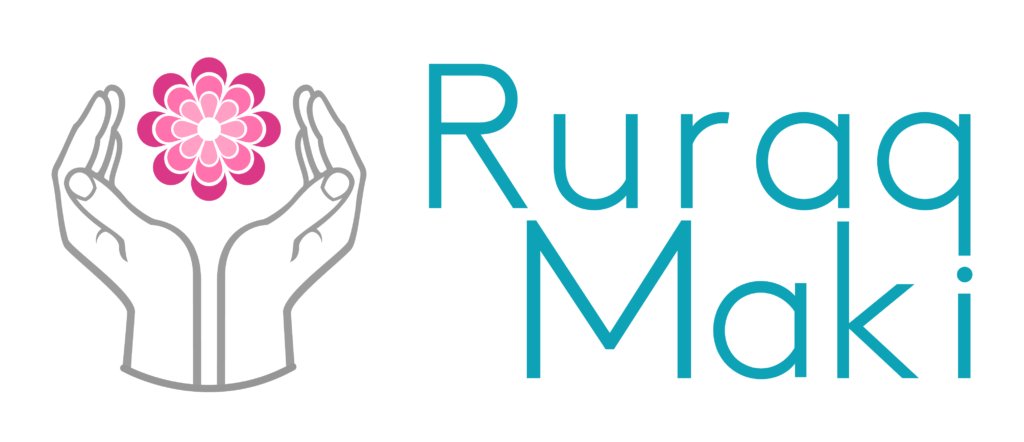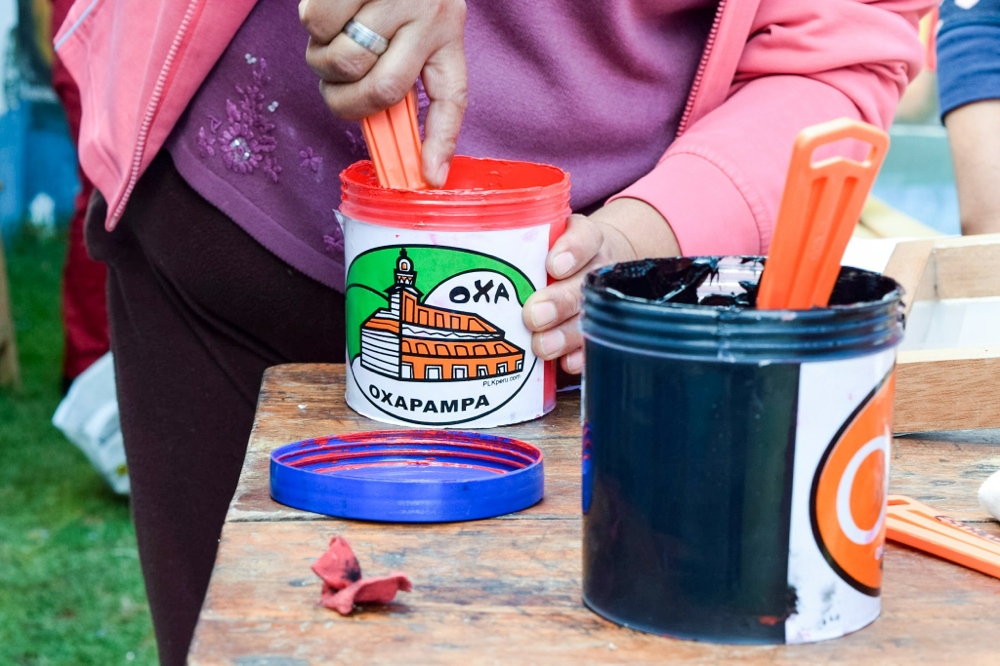Today we look at how the women were caught for drug trafficking and their initial contact with the police, in our mini series- Quotes from the Women. If you are new to this series, check out our past week’s topics on why and how the women became involved in drug trafficking.
Interview Questions: What happened when you were caught?
“It was my first time. I was caught by a drug operative. I had taken my car to go to San Francisco, I had been there because the following day was a holiday and so I had brought clothes there to sell and before I left I met up with a man who told me take this package to this place and you will get paid, but you only have to take it to this place and it will be very easy money. So I believed him and put the package inside the suitcases that held my clothes. And a drug operative found it and they took me right away to the police station, where I spent 15 days. They held me there while they investigated me, to see if I had been out of Peru, if I had done it before. [I was searched] because I was nervous, they opened the bags and looked through them and found 4 kilos of cocaine. Well, actually they found 10 kilos but they took 6 and left me with 4 kilos, then arrested me for having 4 kilos. It would have been much more time [if it had been 10 kilos].”
“I took a car, like a taxi after the bus but the driver of the taxi, brought me to the police, he turned me in because I carried a bag and he put the bag in the car. I had put the bag with the drugs in my suitcase and when he grabbed it he felt that it was heavy and that it wasn’t just a suitcase full of clothes and he took me to the police station. They held me there in Calabozo for 3 days and then they brought me to Acalidinandro in Ayacucho, and they brought me here to Yanamilla, where I have been for the last 8 years.”
“I was in a car when they caught me, I had the drugs on my body, 3 kilos. A man was driving the car, I didn’t know him, and the police stopped it.”
“I had planned with my mom to come back from trafficking on Father’s Day. I left the location and the police stopped me in an instant, found the drugs in my suitcase and brought me here. [It was] 27 kilos.”
“[My husband] had the drugs in the car, in the inlet and since I was inexperienced I got into the car, here in Ayacucho, and the car got stopped by an operative and they found the drugs. [I was with my husband] for 2 years and he had already been incarcerated in Cusco [for trafficking drugs]. It was my first time getting into the car with him when there were drugs in it.”



















